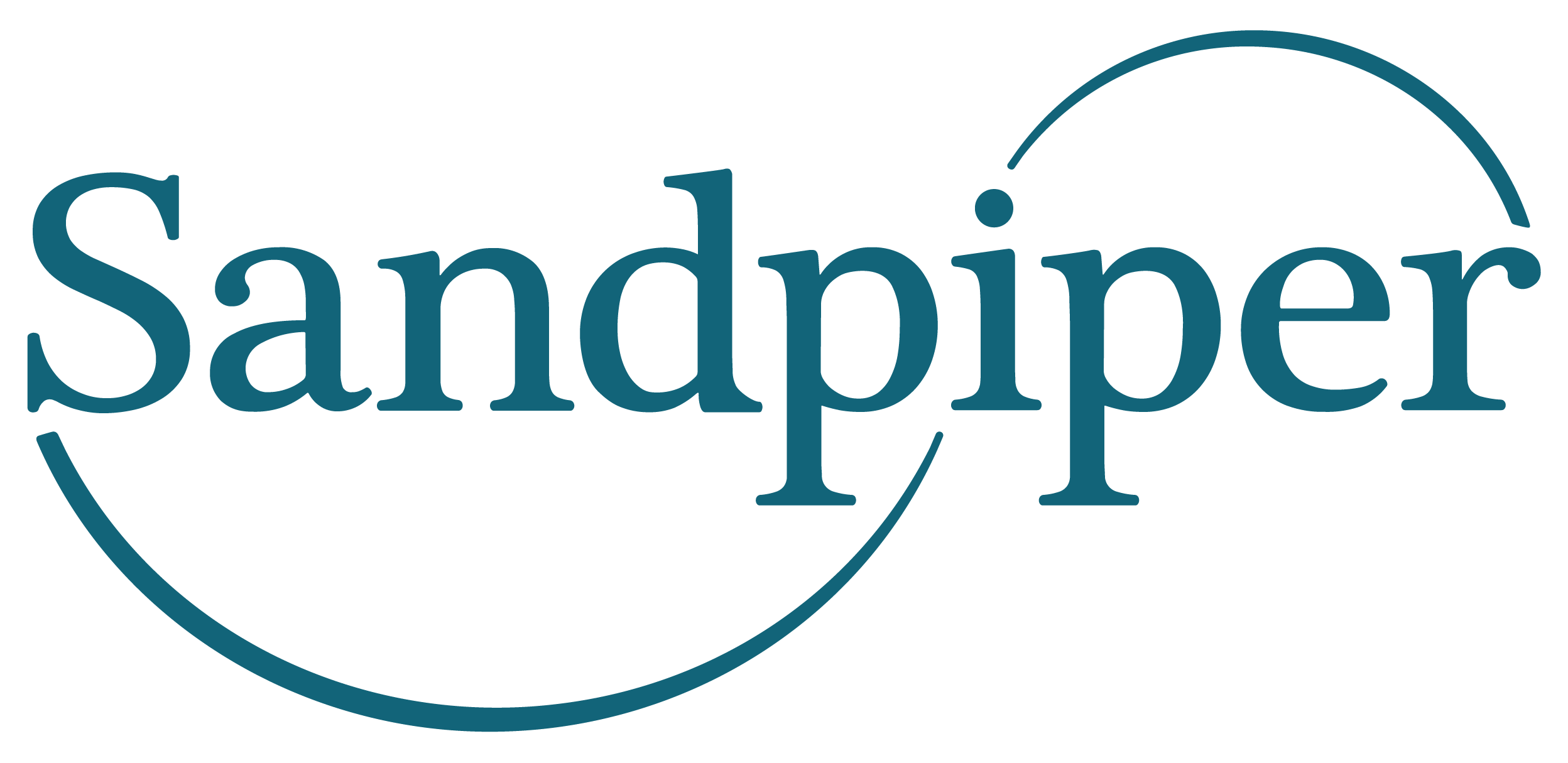
Sandpiper Appoints Angus Booth as Managing Director for Australia and New Zealand
An Ageing World and the Growing Lifespan-Healthspan Gap: The Impacts on Healthcare and Communications
June 2025

By Beatrice Hua. Based in Singapore and working at Sandpiper Health, Beatrice has extensive experience in advising healthcare clients on strategic communications
The world is ageing, with the proportion of people aged 65 or above increasing rapidly. This is driven by numerous factors, such as lower fertility rates and increases in life expectancy. As lifespans increase, a critical question emerges: are the years added lived in good health?
This brings the concept of Healthspan into focus. While lifespan refers to the total number of years of an individual’s life, healthspan is the number of years that are lived in good health, with quality of life, and free from serious or chronic illness.
Interestingly, and critically important, the difference between lifespan and healthspan is increasing, including in many developed countries. What impact does this have on healthcare, and how can healthcare communicators be part of the solution?
An Increasingly Wider Lifespan-Healthspan Gap
A 2024 study using WHO data from 183 countries showed that the global mean healthspan-lifespan gap increased from 8.5 years in 2000 to 9.6 years in 2019, meaning one additional year lived in poor health was added for everyone living on earth in a span of just nine years. The implications of this development cannot be understated.
The study also showed that the lifespan-healthspan gap in the United States is the widest in the world. It found that the average American in 2019 would live 12.4 years with disability and/or illness, up from 10.9 years in 2000, a 29% higher gap than the global average, this in one of the most developed countries in the world.
The implications of people living a decade or more of life in poor health are immense – for individuals, their caregivers and for society at large. Additional healthcare costs will of course be very high, the demand for and strain on caregivers will be ever-increasing, and last but not least, the impact on our elderly members of society cannot be calculated.
Healthcare Communications as Part of the Solution
How can we empower people to live healthier lives and increase their healthspan? Part of the answer may lie in designing communication strategies that are inclusive, empathetic and tailored to the needs of ageing populations. Communication has traditionally focused more on target audiences of comparatively younger demographics, mainly in the professional, breadwinner years range. The widening lifespan-healthspan gap means the focus must shift to some degree, especially in healthcare communications.
Preventing diseases before they develop, detecting them early and taking actions to mitigate them often lead to better health outcomes for patients, reducing the need for costly treatment options and care. Governments worldwide, such as in Singapore, have strengthened their focus on preventive care with national strategies like Healthier SG, to reshape health habits and support seniors to age well. However, good communication is still key.
Clear and Accessible Communications
Communication on general health and various health conditions needs to be clear and accessible – ranging from communications strategies of pharmaceutical companies in partnership with patient groups, to large healthcare providers, to regular in-person talks at centres for the elderly, or local GP checkups. Healthcare communicators must also ensure they use the channels that older demographics access, which may include both online and print, depending on the market.
Healthcare communicators also need to ensure communication is easy to understand, leveraging factual, relatable content, and using language that the audience can understand. Studies have shown that healthcare communications have room for improvement, for example a 2024 study across nine European countries. Similarly, studies have shown that improved healthcare information communications supported by pharmaceutical companies and healthcare providers often have positive outcomes in terms of health literacy and desired patient action, including among older adult patients.
Building Health Literacy a Long Journey
Chronic diseases and conditions tend to be common in older adults, and this comes with the need to understand how to manage these better and ensure a better quality of life in later years. However, without a strong foundation of good communications and health literacy, individuals may struggle to make informed decisions about their care.
Building health literacy takes time and consistent efforts. For example, the US Centers for Disease Control and Prevention (CDC) ran its Still Going Strong campaign in 2021 and again in 2024 to raise awareness around the importance of preventing injuries and staying connected to maintain optimal health, targeted at areas with a higher number of injuries in older adults over 65, with information shared consistently for older adults and caregivers.
Respectful and Appropriate Communication
While the physiological process of aging is universal, the experience is not – acknowledging the fact that people have different and diverse health experiences is critical. Whether communicating to a younger person below 65, or an older adult well above 65, empathy and respect are important. People connect with the lived experiences of others; often a great way to share stories and information.
In many older adults, growing older can also come with stigma around aging – and it’s important to address these concerns and offer resources for connection and support. Bridging intergenerational gaps is also key, for example helping younger generations understand the concept of healthspan vs lifespan, and how they can support their family members and loved ones in their journey and to remain in good health.
Future Healthcare Communications Strategies
As our societies age, our healthcare communication strategies must evolve with intent and purpose. We must acknowledge the increased prevalence and complexity of many people aging for longer, the immense challenges the widening lifespan-healthspan poses and the rich diversity of experiences that come with it.
Communication that is clear and accessible, while being focused on empathy, awareness, empowerment and support will help ensure that healthcare communicators can provide information that speaks to the audience, achieving the goal of more people living healthier and more fulfilling lives to the benefit of the individual, and to society.


